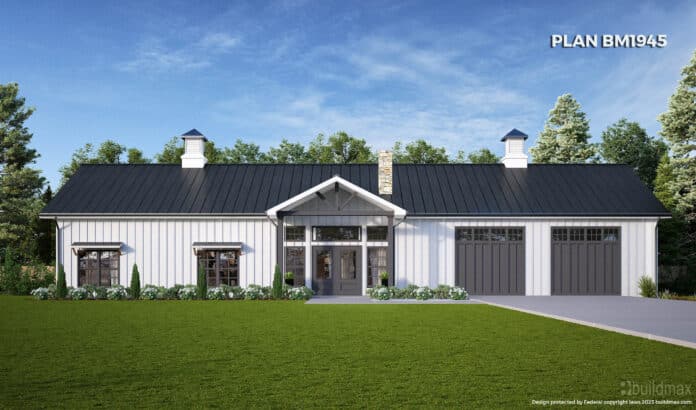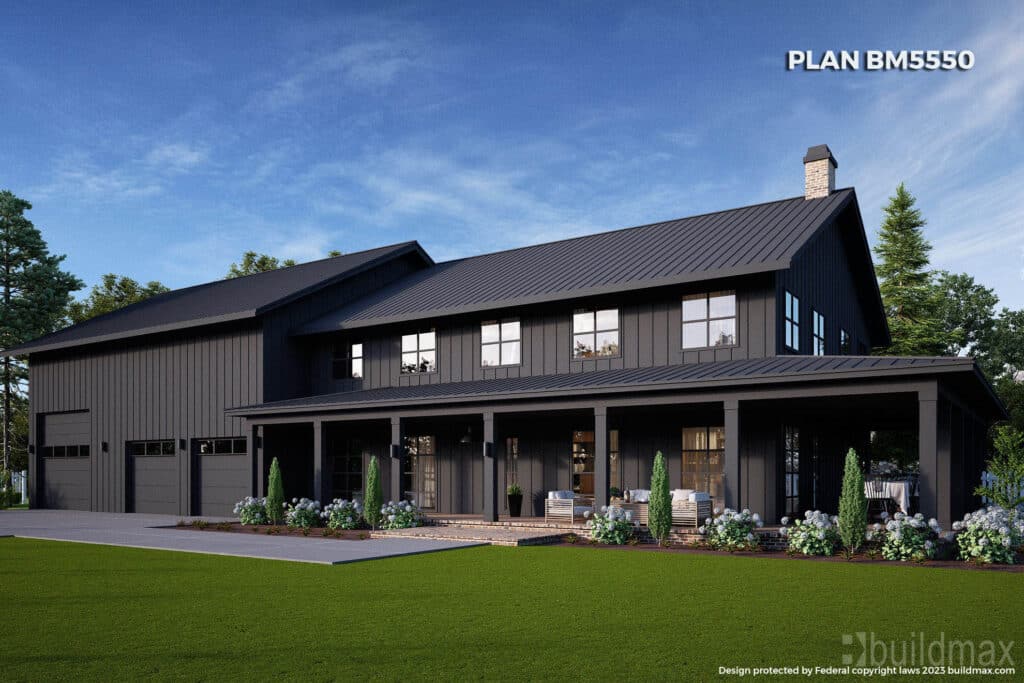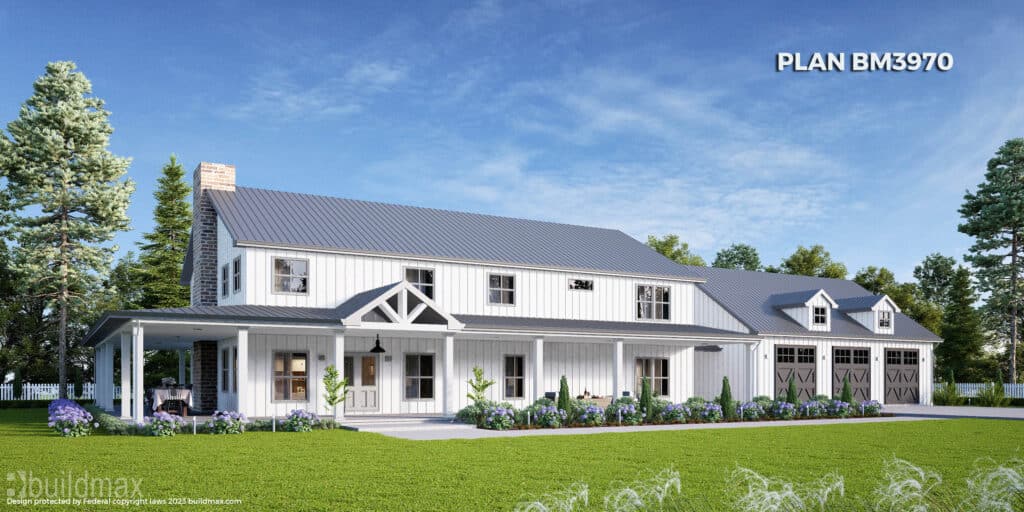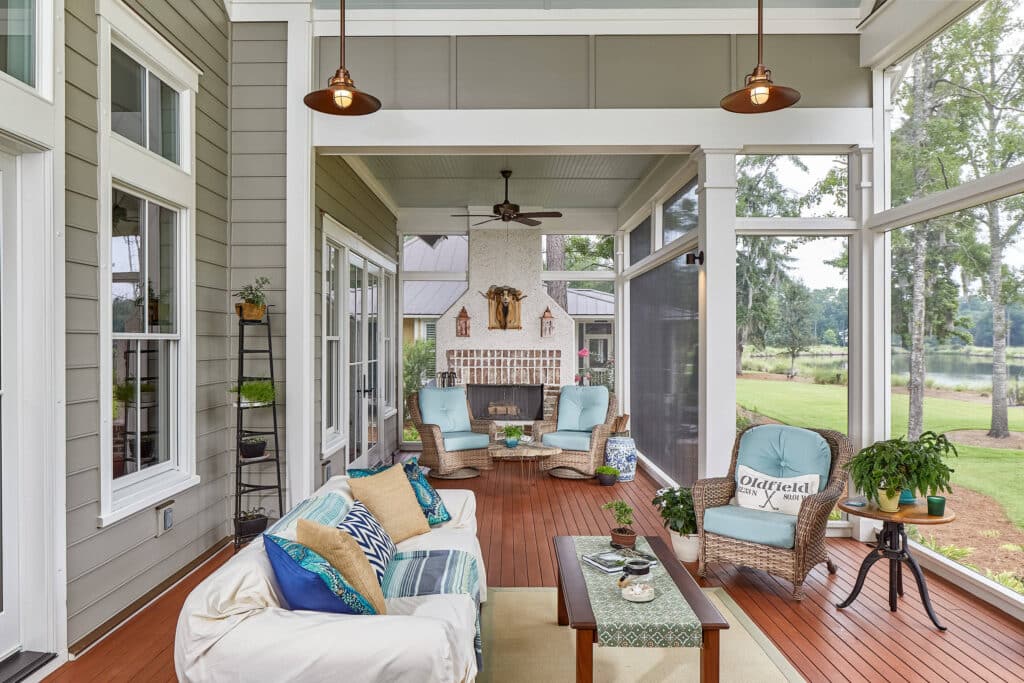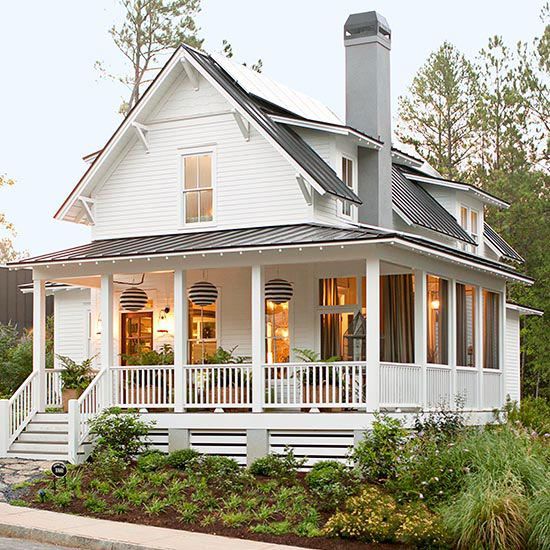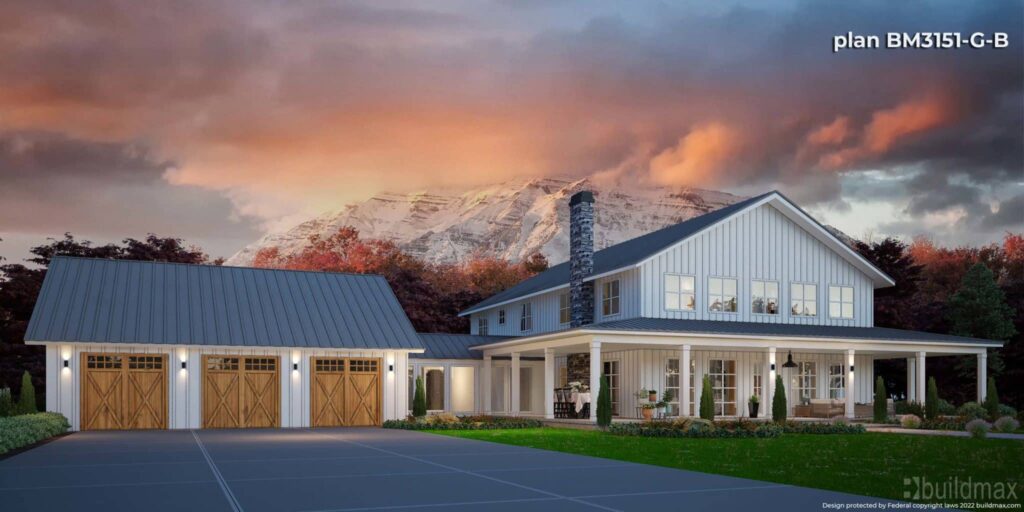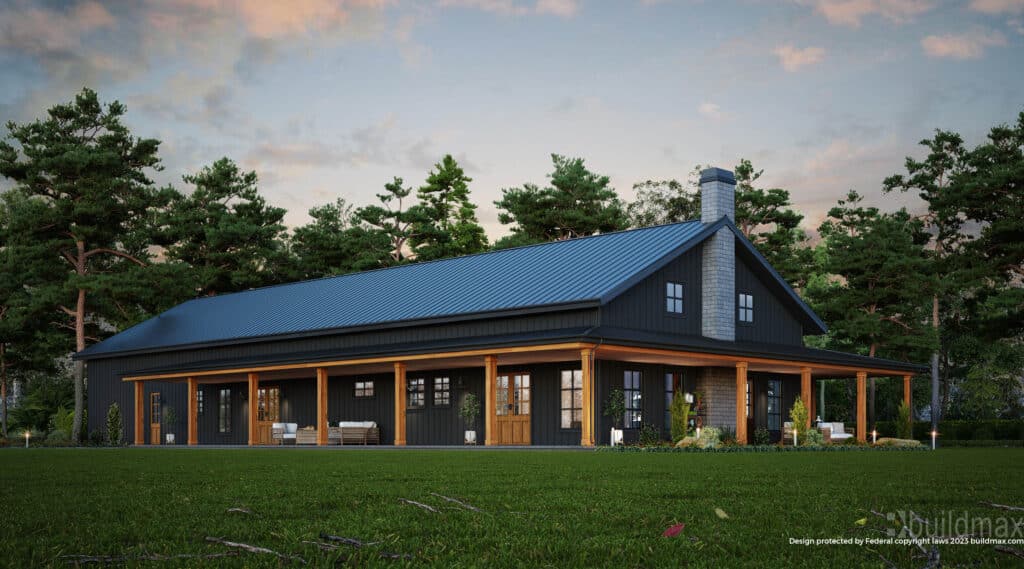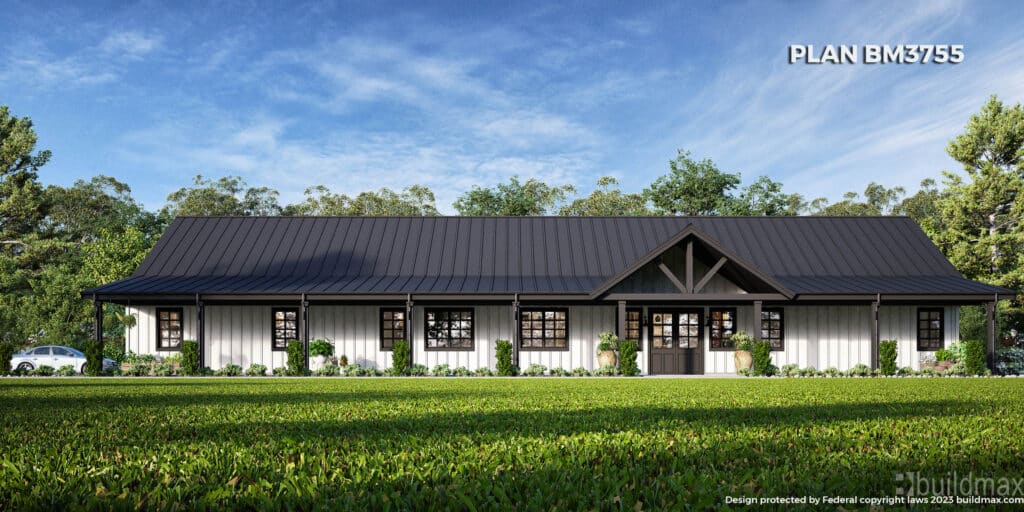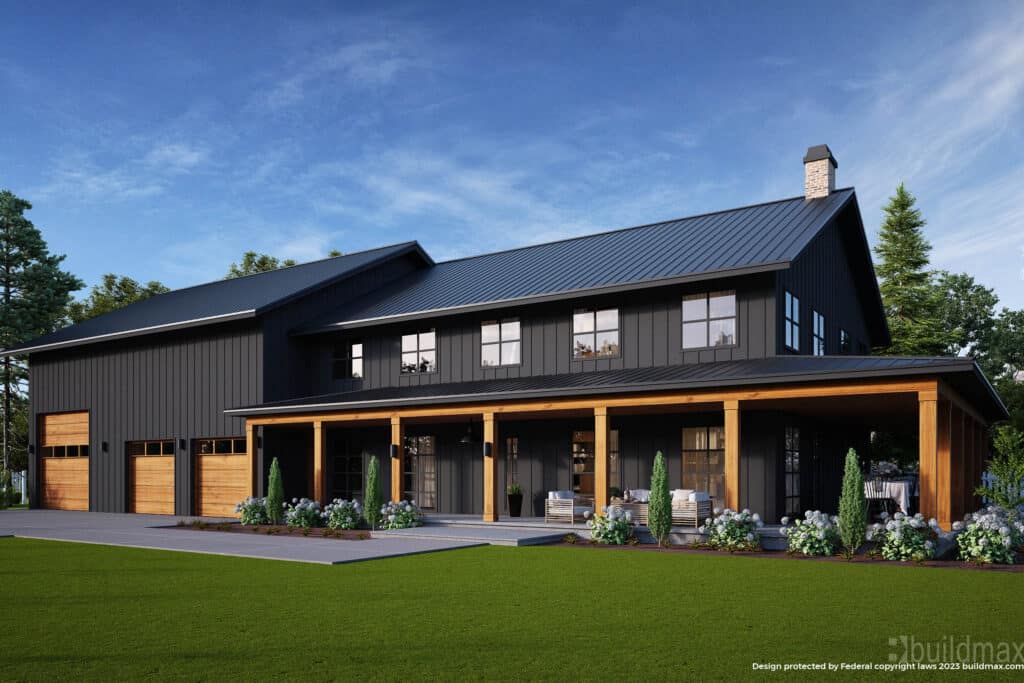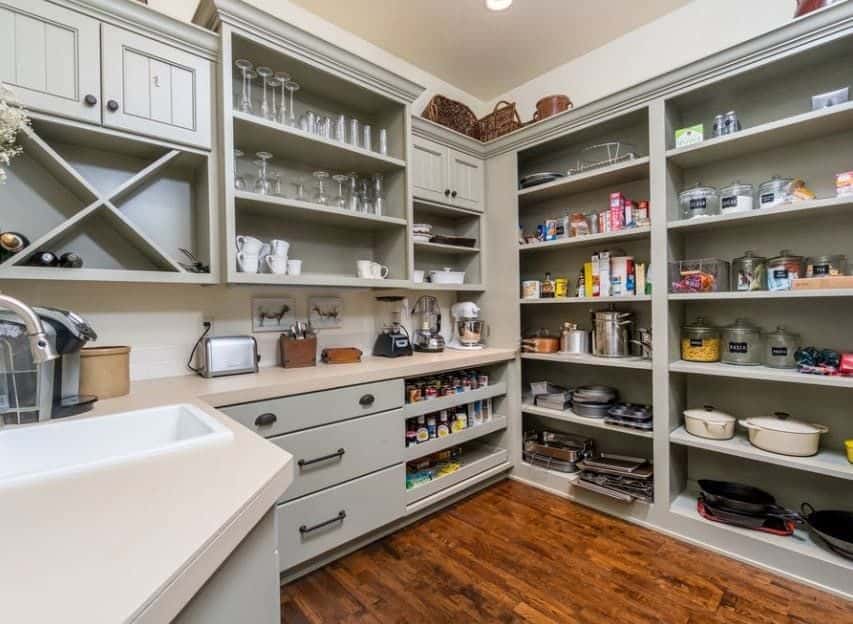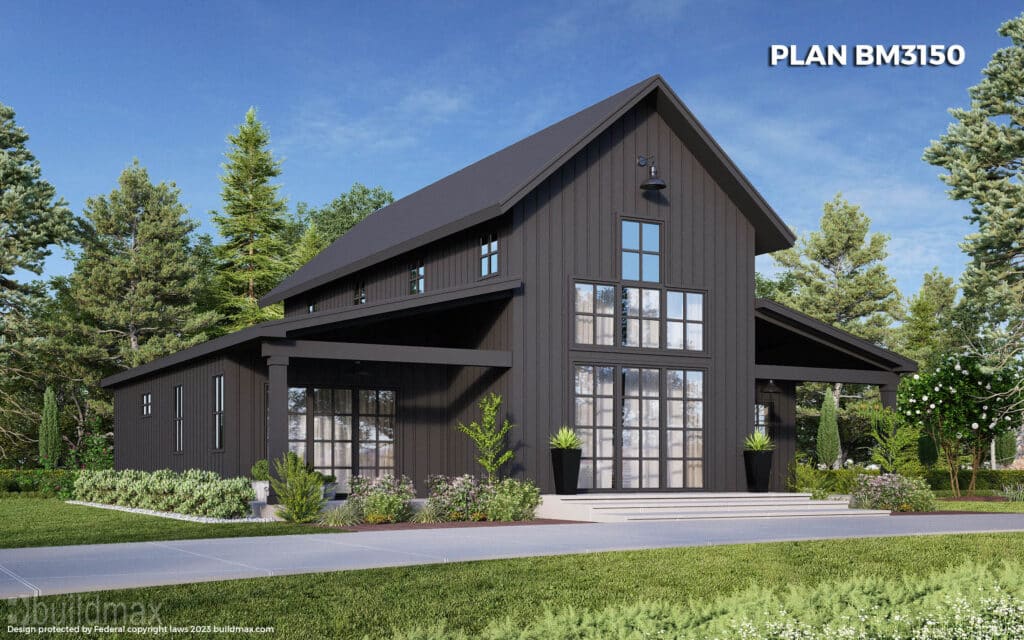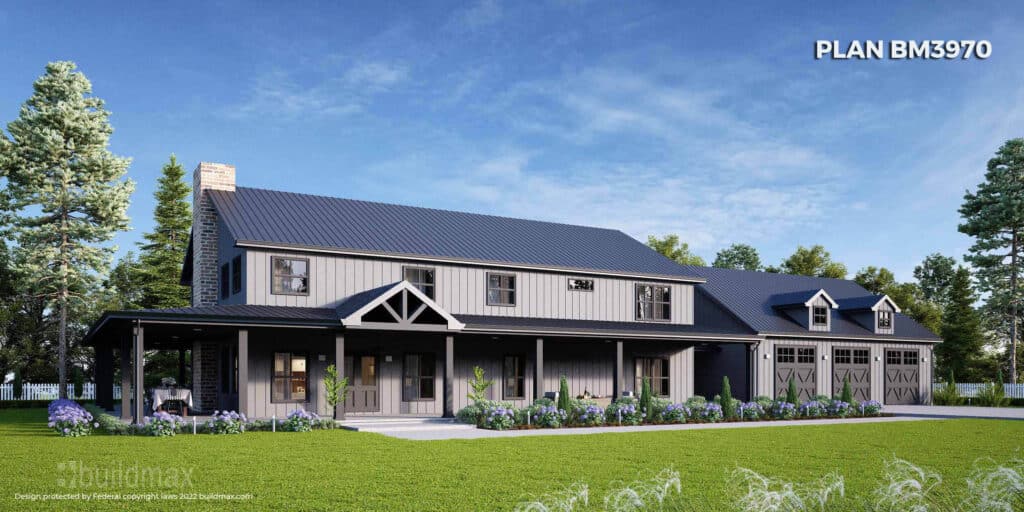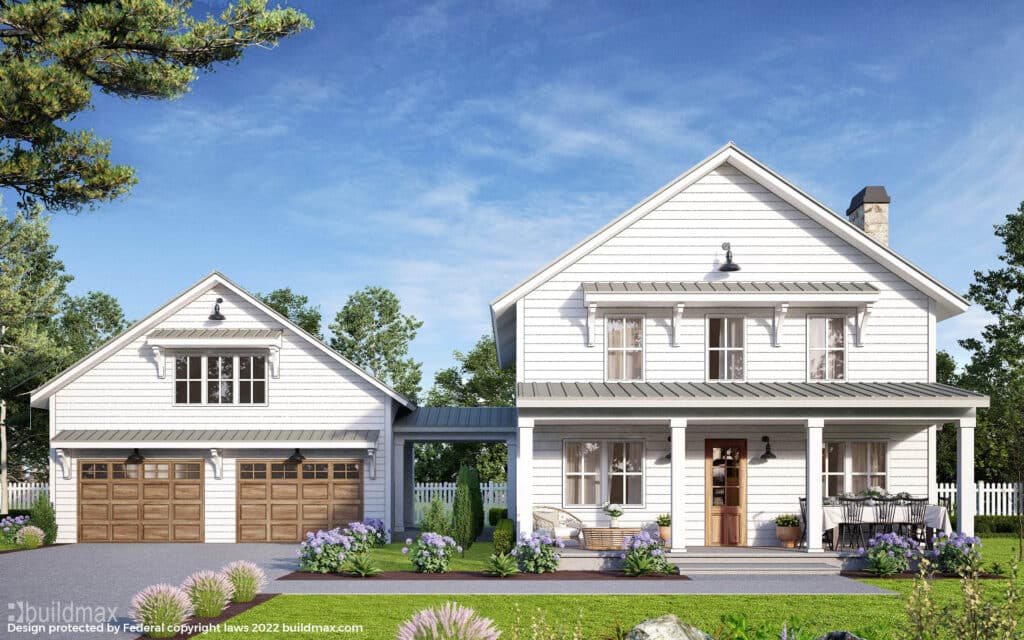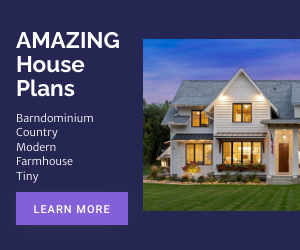In the evolving landscape of real estate, barndominiums have emerged as a unique and trendy housing option. Originally conceived as barn conversions, they have evolved significantly. This article delves into whether these modern, stylish homes are just a passing trend or a sound investment in today’s market.
The Rise of Barndominiums
History and Evolution
The concept of barndominiums began as practical solutions for rural living – converting barns into living spaces. Over time, these structures have transformed. No longer just rustic, they now blend traditional charm with modern amenities, appealing to a broader audience seeking a unique living experience.
Current Trends
Today’s barndominiums are characterized by open floor plans, high ceilings, and customizable designs. They are no longer confined to rural settings; urban adaptations have also started to surface. Their appeal lies in the combination of functionality, style, and the freedom to personalize.
Market Analysis
Real Estate Market Overview
In regions where alternative living styles are appreciated, such as the Midwest and parts of the South, barndominiums have seen a surge in popularity. They are being seen not just as secondary properties but as primary residences.
Comparison with Traditional Homes
When compared to traditional homes, barndominiums often offer more space at a lower cost per square foot. However, their market value trend varies significantly depending on the location and community acceptance.
Factors Influencing Value
Location
Like any real estate, location is crucial for barndominiums. Properties in desirable areas, with access to amenities and good schools, tend to hold or increase their value better.
Quality of Construction
The longevity and value of a barndominium heavily depend on construction quality. High-quality materials and craftsmanship can significantly enhance their long-term value.
Design and Customization
Customization options allow owners to tailor their barndominiums to specific needs and tastes, which can be both a boon and a bane for value. Over-customization can sometimes hurt resale potential.
Investment Perspective
Initial Costs vs. Long-term Value
The initial investment for a barndominium can be lower than a traditional home. However, potential buyers must consider the long-term value, which can be influenced by market trends and the property’s adaptability.
ROI of Barndominiums
The return on investment for barndominiums can be favorable, especially if used as rental properties or sold in appreciating markets. Their unique appeal can attract a niche market willing to pay a premium.
Case Studies
Several case studies show that well-located, well-built barndominiums have appreciated over time, while others in less desirable locations or with poor construction have not fared as well.
Challenges and Considerations
Financing and Insurance
Securing financing and insurance for a barndominium can be more challenging than for a traditional home. Lenders and insurers sometimes view them as higher risk due to their non-traditional nature.
Zoning and Legal Issues
Potential buyers should be aware of zoning laws and restrictions, which can vary significantly and impact the use and value of the property.
Market Perception
The market’s perception of barndominiums as a legitimate and desirable housing option plays a significant role in their value retention. As they become more mainstream, this perception is gradually improving.
Future Outlook
Predictions and Trends
The future for barndominiums looks promising, particularly as more people seek unique, customizable, and potentially more affordable housing options.



